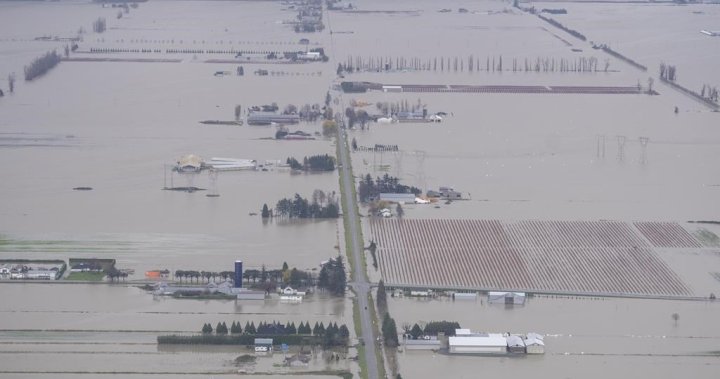
Engineers say better forecasting, warnings could protect B.C. from disasters
Global News
Transportation engineer Amy Kim says lessons from the floods can be applied to protect critical infrastructure, including proactively closing highways.
A panel of engineers says better forecasting and co-ordination could help prepare British Columbia for natural disasters, while they warn the spring thaw and rain could compound damage caused by recent floods.
The engineers from the University of British Columbia shared their preliminary observations from November’s floods on Wednesday, with geotechnical engineer Jonathan Fannin warning that snowmelt in the spring could add pressure to already compromised dikes, highways and bridges.
Transportation engineer Amy Kim says there are also lessons from the floods that can be applied to protect critical infrastructure, including proactively closing highways and alternate route planning.
Fannin says British Columbia can learn from places like Hong Kong and Rio de Janeiro, where centralized warning systems protect the public from hazards and storms.
He says in Hong Kong, for example, residents receive alerts to stay home and avoid driving when a natural hazard is detected.
With more extreme weather events possible, he says British Columbia could benefit from integrating landslide and debris flow forecasting with river and atmospheric monitoring to protect critical infrastructure.
“I think we’re going to have to see a step change in our ability to anticipate events coming, issue warnings and co-ordinate across a series of disciplinary areas,” Fannin said.











